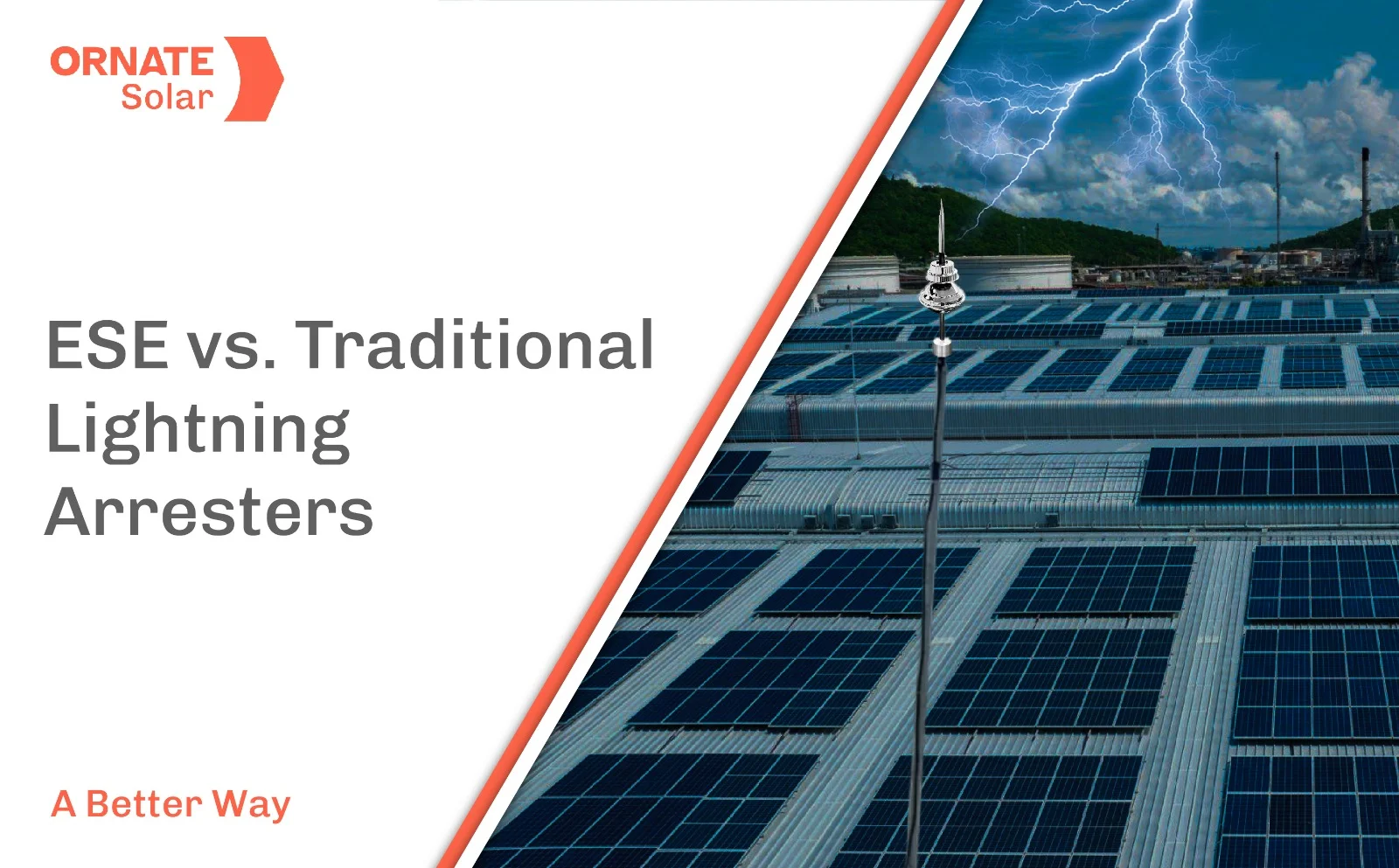

Lightning strike is one of the biggest fears of consumers when it comes to solar. And why wouldn’t it be? A single lightning bolt can generate 300 million Volts and have a current strength of 30,000 Amps! That’s more than enough to damage the system and property.
But, there is no need to worry. With every system, developers install a lightning arrester (LA) to prevent strikes. And you can even enhance the level of protection by using an ESE-type lightning arrester.
So, let’s dive into the world of LA and its workings and understand why an ESE-type LA is better than conventional devices.
What are Lightning Arrester and Why do we Need Them?

Lightning rod installed over a building roof
You must have seen long metallic rods at the corners of roofs with solar panels. Those are called lightning arrestors. They are installed as part of the earthing process in any PV system. LAs are set up at the highest point of the plant/building, to provide a low resistance path to lightning charges.
This way, rather than hitting your PV system or building, the lightning is more likely to strike the LA. Then, the current travels through the arrester and a copper wire and gets dissipated into the ground without affecting the structure.
It is important to note these devices do not stop lightning strikes. Instead, they divert it towards the ground.
Types of Lightning Arrestors
There are two major types of Lightning protection systems: Active and Passive.
Franklin Rods
The Franklin rods (conventional arresters) we discussed earlier are part of the passive category.
These devices have one primary function: to intercept the lightning strike. Their protection is based on their position and composition. Since lightning tends to strike the highest points and charged objects, the probability of a strike hitting the Franklin rod is high.
The LA then collects these charges and embeds them into the ground. A lightning rod with a height of 1 meter will extend its protection to approximately a 5-meter radius.
ESE Lightning Arrestor
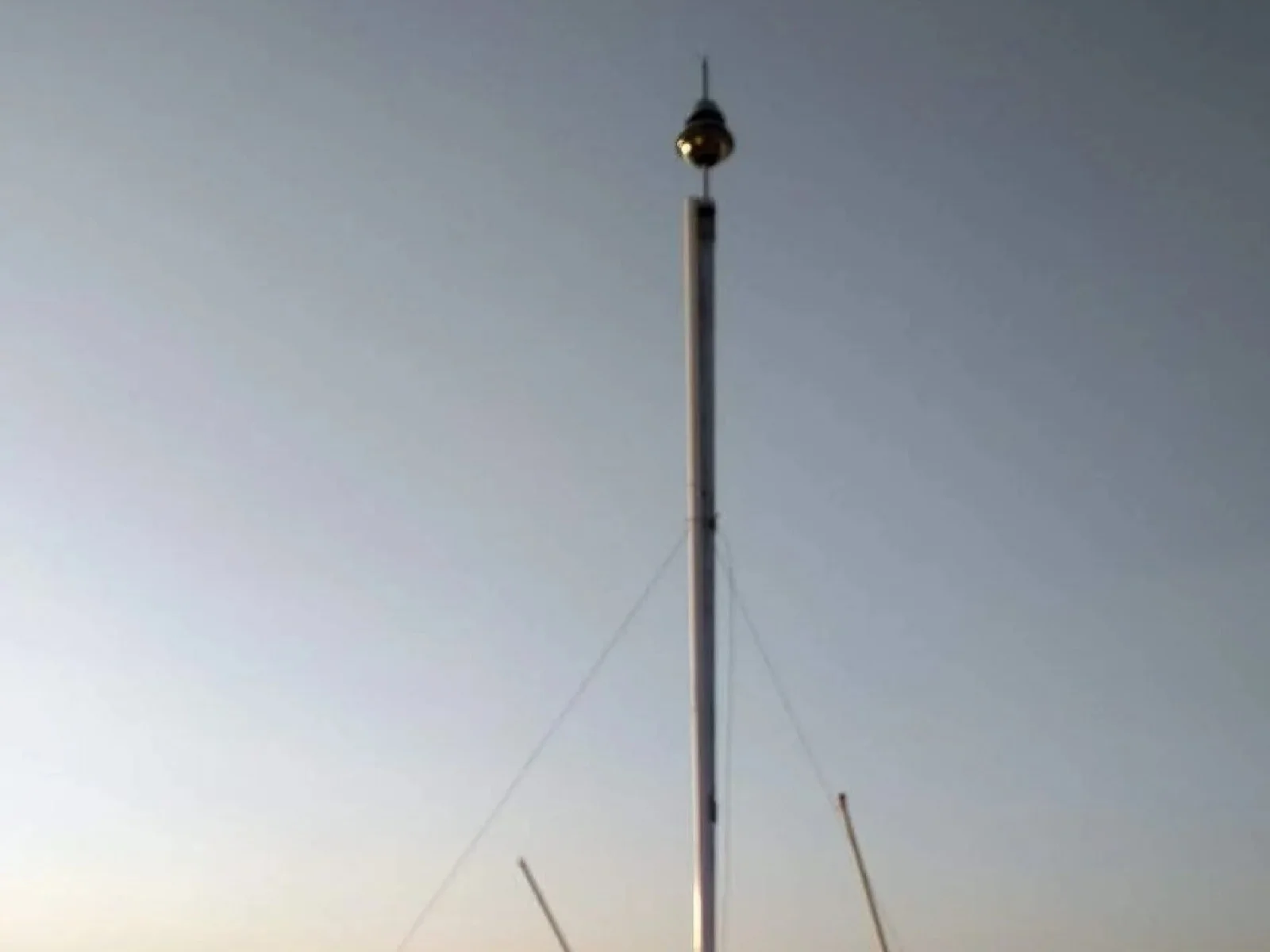
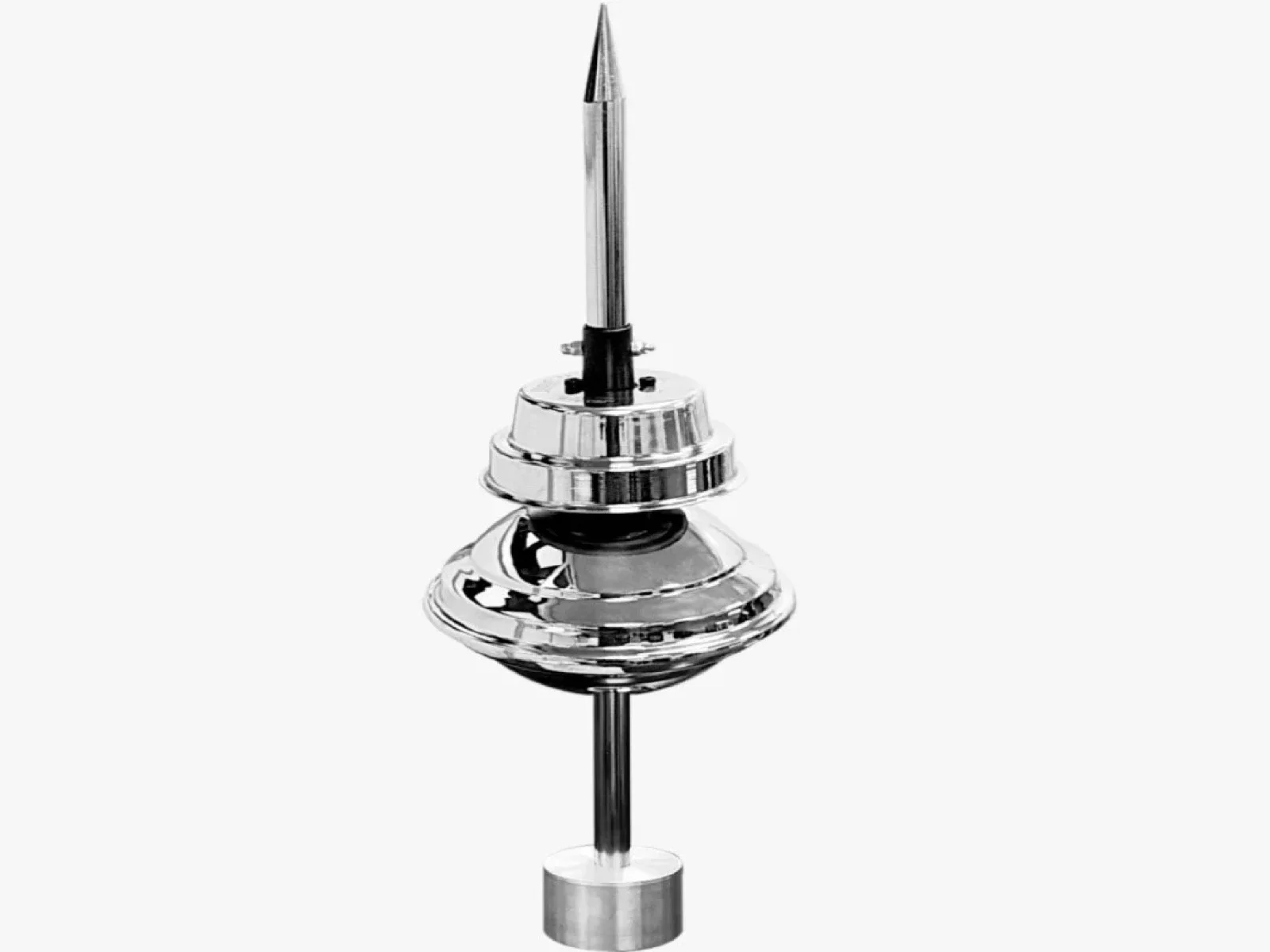
ESE-type lightning arrester installed near solar panels
ESE stands for Early Streamer Emission, and it is a form of active lightning arrestor. Unlike the Franklin rod, ESE is a sum of many different electronic parts.
To understand how it works we first need to understand lightning.
During a storm, the clouds start accumulating charges. The negative and positive charges get separated and start accumulating at the top and bottom of the cloud. When this happens, the surrounding air also gets ionized, providing a path to lightning.
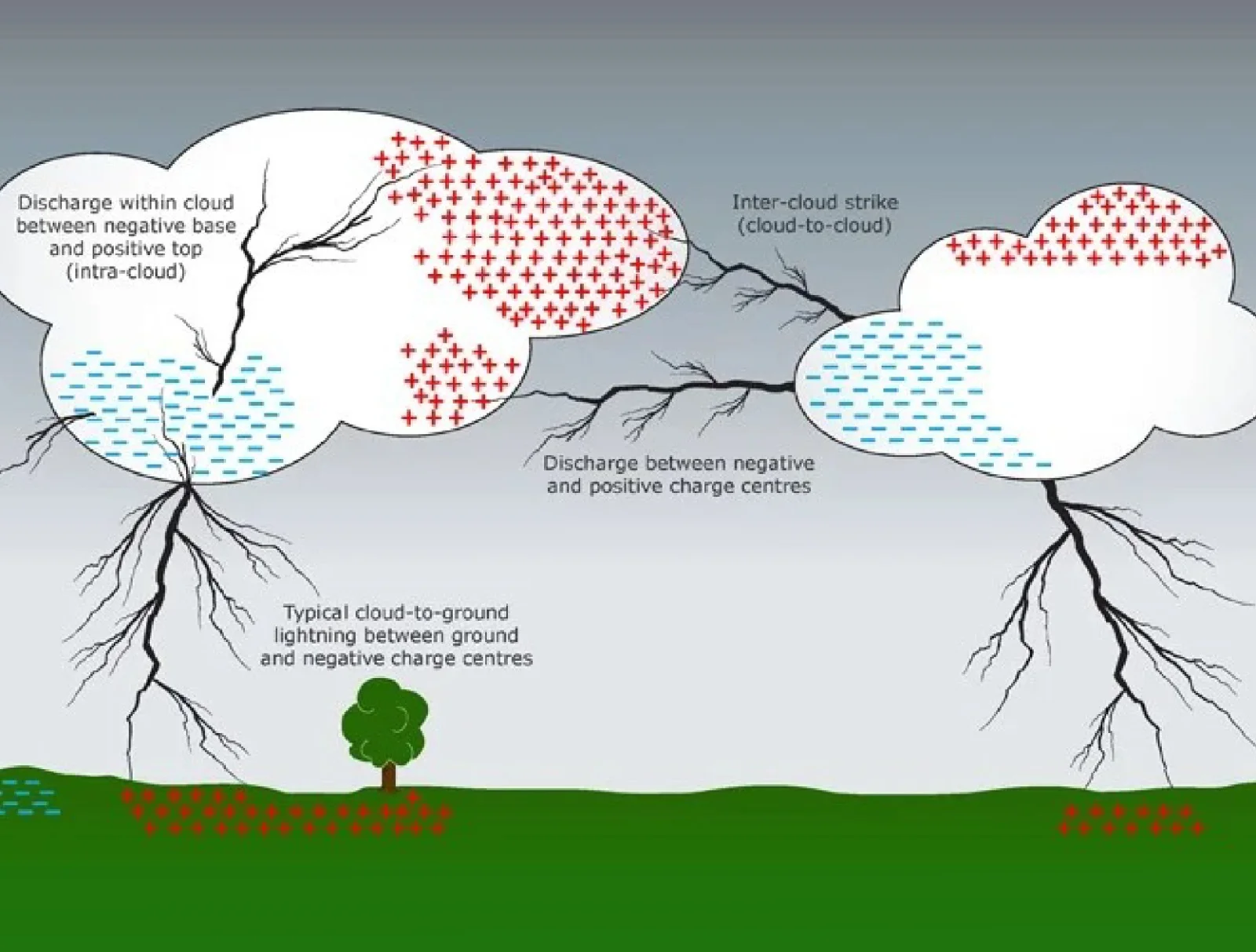
Image Source: University of Waikato
The negative charges at the bottom of the cloud try to balance themselves by seeking out positive charges in the nearby objects. They start moving towards the ground and the moment the negative and positive charges meet, a lightning bolt is created.
An ESE-type arrester contains within itself an ion generator. Sensing a change in the environment and the possibility of a potential strike, the device starts creating ions and throwing a stream into the air. As a result, it attracts lightning, before safely grounding the charges.
ESE can be installed anywhere between 4-30 meters above ground, and are ideal for commercial solar installations. Moreover, you can find ESE lightning arrestors with 4 levels of protection in the market, each covering a higher area.
Typically, an ESE installed at a height of 5 meters can cover between 79 meters (level 1) to 107 meters (level 4).
Advantages of ESE type Lightning Arrester over Traditional Arrester
ESE-type lightning arresters are considered better than conventional devices. Here’s why:
1. Bigger Radius of Protection
The radius of protection refers to the circular area where lightning does not strike due to the presence of equipment like a lightning arrester in the middle. ESE has a bigger radius of protection as compared to the conventional LA.
Moreover, ESE not only protects the solar power plant but also the surrounding areas from lightning.
2. Early Action
ESE possesses the capability to detect the potential occurrence of lightning well in advance of it striking an object. As a result, it has a lower response time as compared to conventional devices. Furthermore, it can intercept lightning from considerable distances, making it more efficient.
3. Cost-effective
In the case of a large-scale installation generating megawatts of power, safeguarding the entire area would require multiple lightning rods. In this context, investing in an ESE-type arrester proves to be more cost-effective, as a single device can cover a larger area.
Where to Buy?
For high-quality ESE lightning arrestors, opt for Ornate Assured. We offer a one-stop shop for all equipment, be it panels, inverters, or solar accessories. Our products are made using Tier-1 components and tested thoroughly before deployment.
With our 26+ warehouses across India, we also provide immediate and secure delivery of your equipment.
About Ornate Solar
Ornate Solar is a leading solar company with 10 years of experience in the industry and the mission to reimagine the way solar is installed worldwide.
By not only partnering with the best-in-class solar brands but also developing our high-quality solutions, (panels, inverters, accessories, InRoof), we develop and deliver solutions that are modern, reliable, and effective.
If you are looking for high-quality solar solutions, reach out to us at 1800 2026 252 to discuss your options.


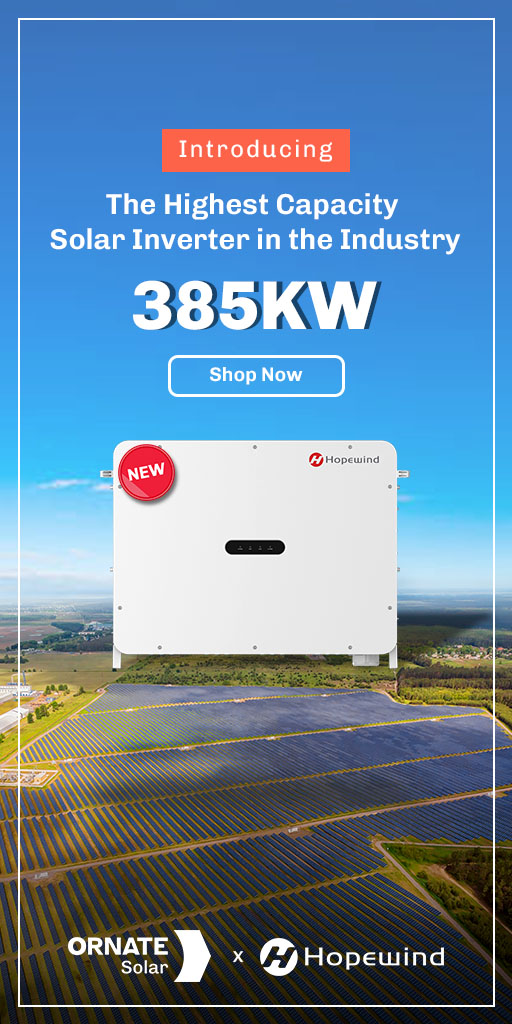
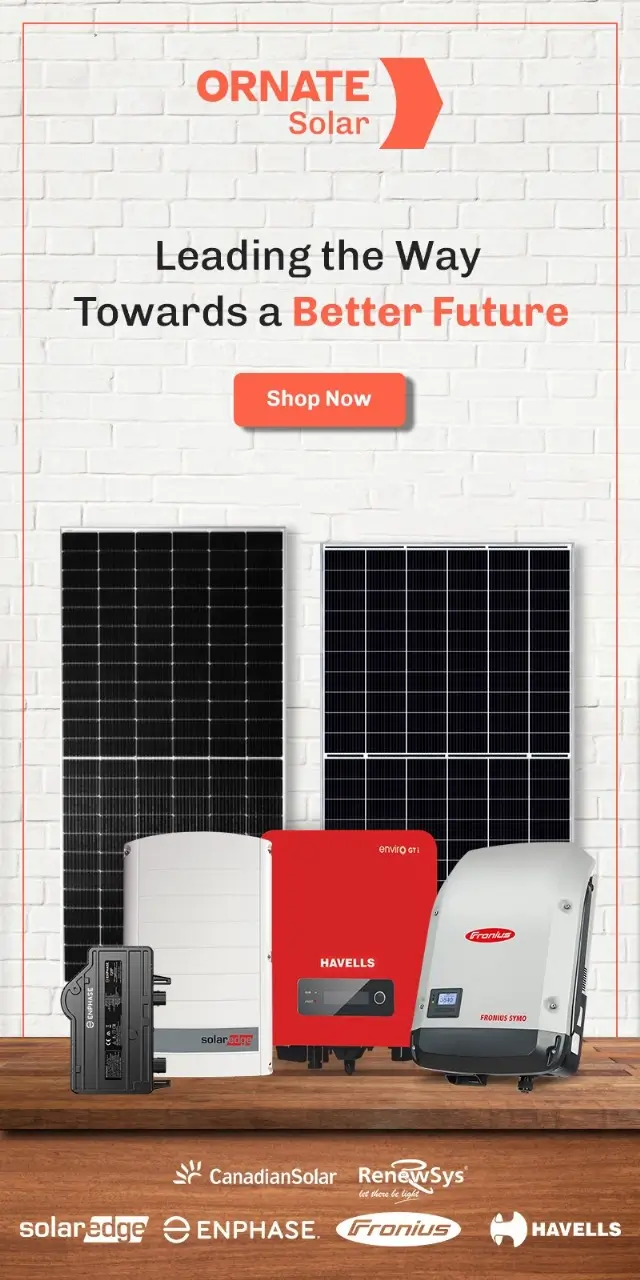
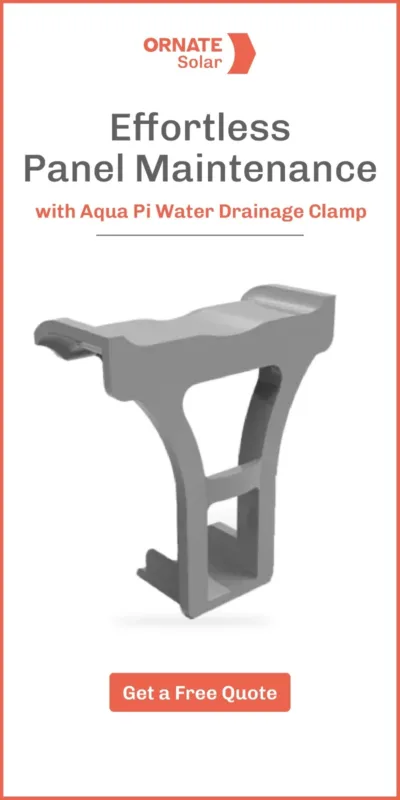




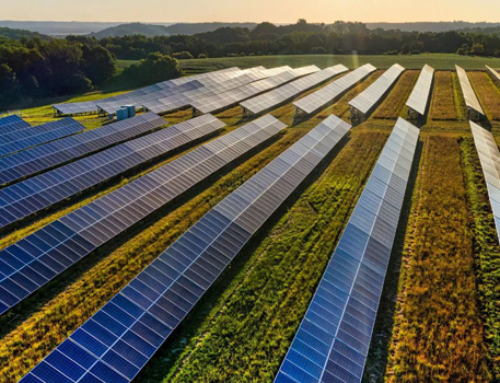


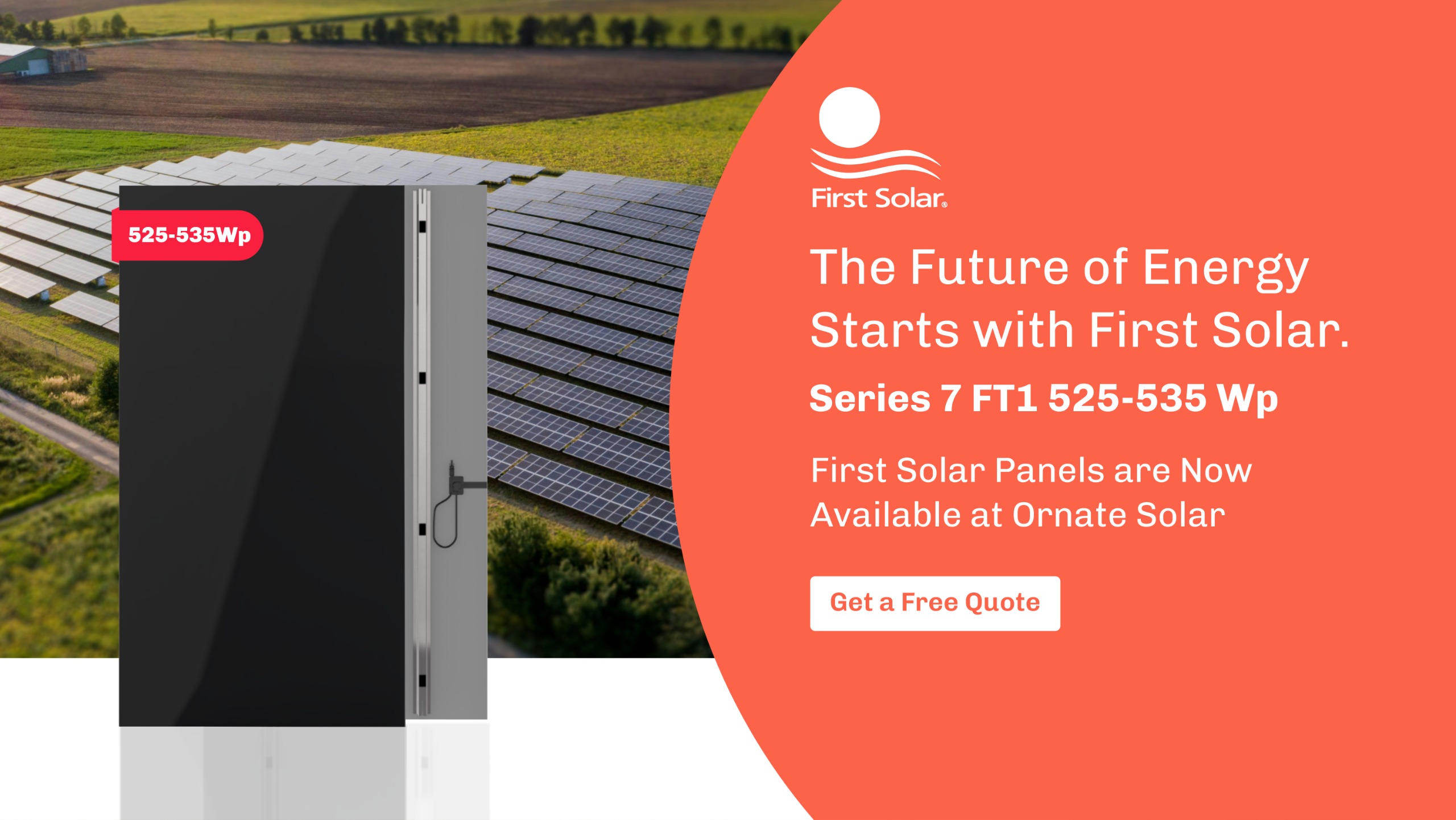
Leave A Comment